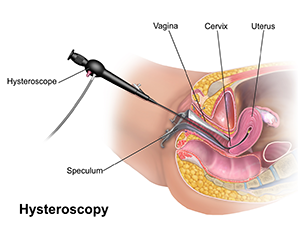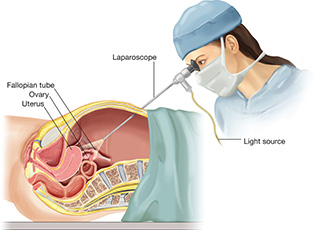
The pelvic region comprises many structures, and as a result, there are many possible causes for acute and chronic pelvic pain, including:
Some types of pelvic pain can emanate from issues affecting the pelvic floor, including uterine and vaginal prolapse, and sometimes, conditions occurring elsewhere, such as in the digestive system, may cause referred pelvic pain.




